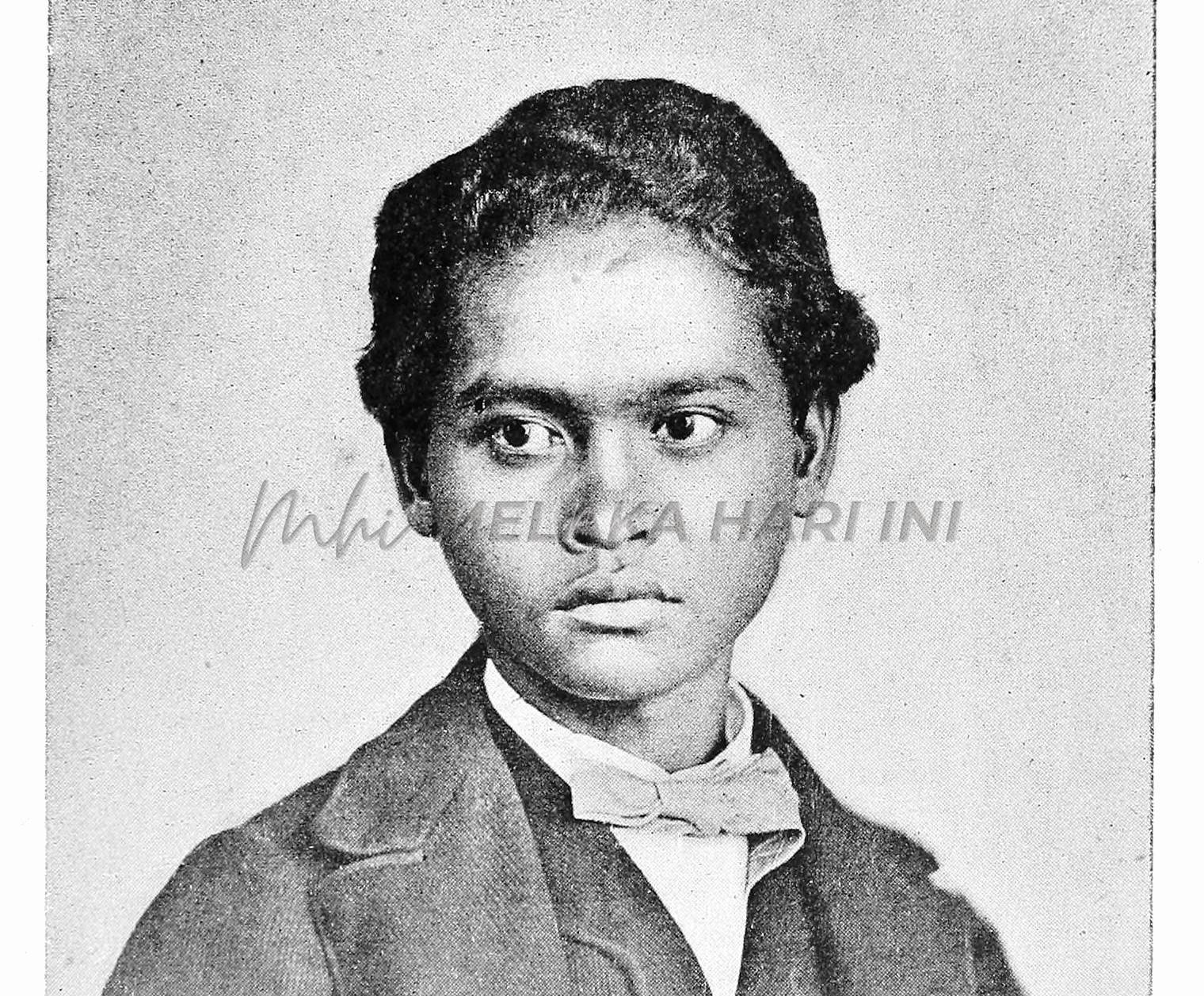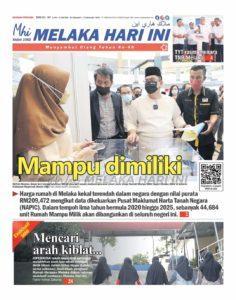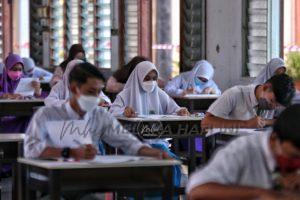
Ali Wallace of the Malay Archipelago
News of the British naturalist’s “Malay assistant” has been around among scientific and academic circles for decades through learned journals and university bulletins. Writings on the history of science in the Malay Archipelago cannot be separated from Alfred Russel Wallace. His chronicles on the geography, flora and fauna of the region were captivating and expressive.
In Chapter 5 titled “Borneo-Journey into the Interior (November 1855 to January 1856), in The Malay Archipelago (1869), Wallace for the first time mentions “…a Malay boy named Ali”. He, Ali and Charles Allen, his English assistant, returned to the Sarawak mountains “and stayed there three weeks for the purpose of making a collection of land-shells, butterflies and moths, ferns and orchids.” When he returned to Singapura he took Ali with him, Ali subsequently accompanied Wallace all over the Archipelago. Charles “preferred staying at the Mission-house, and afterwards obtained employment in Sarawak and in Singapore.” Charles re-joined Wallace at Amboyna in the Moluccas. In his writings, Wallace decried Charles on his “carelessness, untidiness and failure to improve”
Who was Ali? He was described as a Malay teenager from Sarawak, one of Wallace’s trusted assistants. The 15 year-old Ali was in a team if guides, cooks, boat crew, porters, and bird shooters and skinners. Explaining that the “main object of all my journeys was to obtain specimens of natural history, both for my private collection and to supply duplicates to museums and amateurs,” Wallace said he generally employed “one or two, and sometimes three Malay servants to assist me”; and for nearly half the time “had the services of an English lad, Charles Allen.”
Exploring the jungles, rivers and mountains, walking and boating for eight years, Wallace’s eight-year expedition was said to be inseparable from local residents. His chronicles, one of the classic tales from the history of science, tells us that some 125,6600 natural history specimens were procured between 1854 and 1862. These include insects, birds, reptiles, mammals and shells from Singapura, Sarawak in Borneo, Bali, Lombok, Makassar in Sulawesi, Maluku Islands, Papua, Java and Sumatra.
Wallace travelled about 14,000 miles within the Archipelago and made “sixty or seventy separate journeys, each involving some preparation and loss of time.” In all, he collected some 310 specimens of Mammalia, 100 specimens of Reptiles, 8,050 specimens of Birds, 7,500 specimens of Shells, 13,100 specimens of Lepidopter. 83,200 specimens of Coleoptera, and 13,400 specimens of other Insects. These amount to 125,660 specimens of natural history.
Ali made a major contribution to Wallace’s scientific understanding of the Malay Archipelago. Ali was a major source of knowledge to Wallace, as revealed by John van Wyhe and Gerrel M . Drawhorn’s “’I am Ali Wallace’: The Malay Assistant of Alfred Russel Wallace (Journal of the Malaysian Branch of the Royal Asiatic Society, 2015).
Ali, possibly known as Ali Wallace, began as a cook and servant. Gradually he became his collecting assistant. And eventually, Wallace’s major source of knowledge of the Malay Archipelago. In his autobiography, Wallace wrote that Ali “accompanied me through all my travels, sometimes alone, but more frequently with several others, and was then very useful in teaching them their duties, as he soon became well acquainted with my wants and habits.”
We can be quite certain that Wallace’s scientific writings would have been much poorer were it not for the assistance of Ali. It was from Ali that he learnt the Malay language
Wallace normally left the shooting of birds to his assistants, including Ali, whereas he concentrated on insects. Ali made significant discoveries for Wallace. Ali “was a good boatman, as are all Malays, and in all the difficulties or dangers on our journeys he was quite undisturbed and ready to do anything required of him.”
Wallace left England for the Malay Archipelago in March 1854 and arrived in Singapura on 18 April 1854. In their study, John van Wyhe and Gerrel M. Drawhorn bring Ali out of the shadows. Ali was the trusted figure in Wallace’s expeditions. They account that Ali accompanied Wallace from December 1855 in Sarawak, Borneo, until February 1862 when Wallace returned to Britain from Singapura. When Wallace took Ali with him to Singapura in 1856, Ali saw a live tiger, most likely captured alive on Bukit Timah and put on public display.
It is not known where in Sarawak Ali originated. By calling him a “Malay”, Wallace would have a similar meaning to current usage. John van Wyhe and Gerrel M. Drawhorn argue that Ali may have come from the group of Muslims living in various small villagers of houses on stilts along hre Sarawak River. Wallace had stayed in Santubong in February of 1855.
It is possible that the total collections from Ali may be in the tens of thousands. However, it was certain that Ali collected birds totalling some 8,050. The bird skins, prepared by Ali, perhaps in the thousands, were kept in British and European museums. Ali’s wages were not given in Wallace’s accounts. We do not know. But we know that his spirit sustains the expeditions.
#####
Next week:
Malay Journalism, Berita Malai and the Singapura years: Said Zahari on A. Samad İsmail
Langgani saluran Telegram kami untuk dapatkan berita-berita yang terkini.


